The Eternal City is a historical treasure trove, boasting some of the most famous and well-preserved ancient architecture in the world. To visit such revered sites as the Colosseum, the Roman Forum and St. Peter’s Basillica carries a huge allure and – combined with its reputation for food, wine and romance – makes Rome a truly iconic destination.

Domes in Rome (Photo: Karl via Flickr)
Most visitors gravitate towards the three neighbourhoods that lie at the very heart of the historic centre: the Tridente, Upper Tiber Bend and Lower Tiber Bend. These areas are the heart of Medieval Rome, home to landmarks such as the bustling Piazza Navona, the ancient Pantheon and a host of other sights and monuments.
With so many essential attractions to explore, it is little surprise that Rome’s lesser known gems go largely unvisited by outsiders. Yet there is plenty of this ilk too, including museums, historical sights and national parks that may not receive the same tourist hordes as their more prestigious counterparts, but are no less fascinating. Here are some of our favourites.
1. Keats-Shelley House
Nestled by the borders of the Spanish Steps, the Keats-Shelley House is a museum dedicated to the English Romantic poets who – like so many other literary figures down the ages – found themselves mesmerised by the Eternal City. The building was in fact the final dwelling place of John Keats, who died there in 1821, aged just 25, and to this day Keats’ bedroom is preserved as a shrine to his tragic story and inimitable talent. Displayed through an assortment of striking rooms, the collection contains a large volume of treasures and curiosities associated with the lives and works of the distinguished duo, as well as a vast library of Romantic literature. Be sure to visit the two spacious terraces too, affording scenic views of the city, a book and gift shop, and a small cinema room where you can watch an introductory film about the Romantic period. Group visits and talks are available by booking.
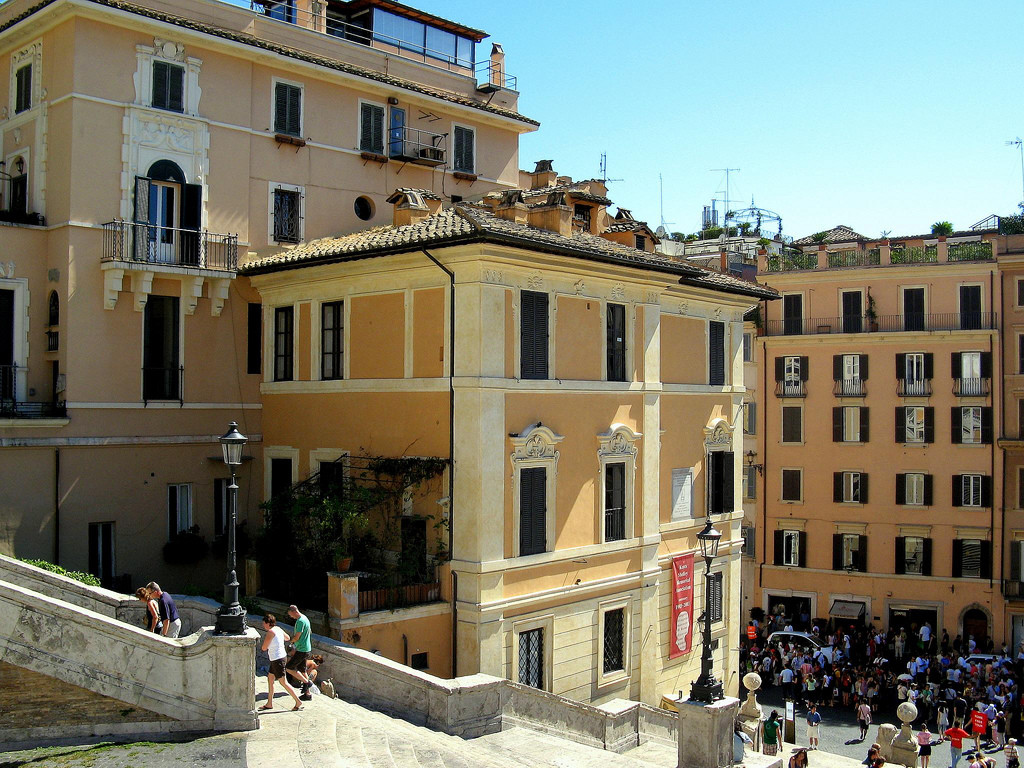
A view of Keats-Shelley House from the Spanish Steps (Photo: Anna Fox via Flickr)
2. Vespa Tour
Some national stereotypes have more than a grain of truth to them and the perception of Italians scooting around on Vespas is certainly one of them. So if you like the idea of exploring Rome with the wind in your hair, you might consider a Vespa tour. Scooteroma is one company offering such tours, allowing guests to personalise their experience depending on what they’d like to see. So whether it’s Rome’s iconic landmarks or lesser known sites such as ancient old roads where chariot wheel markings are still visible on the cobblestones, you get to choose your route. You’ll get to drive your own Vespa while being escorted along the way by a tour leader and every excursion will include a refreshments stop – espresso, sir? – in one of the city’s characterful neighbourhoods. As the saying goes, “When in Rome…”.
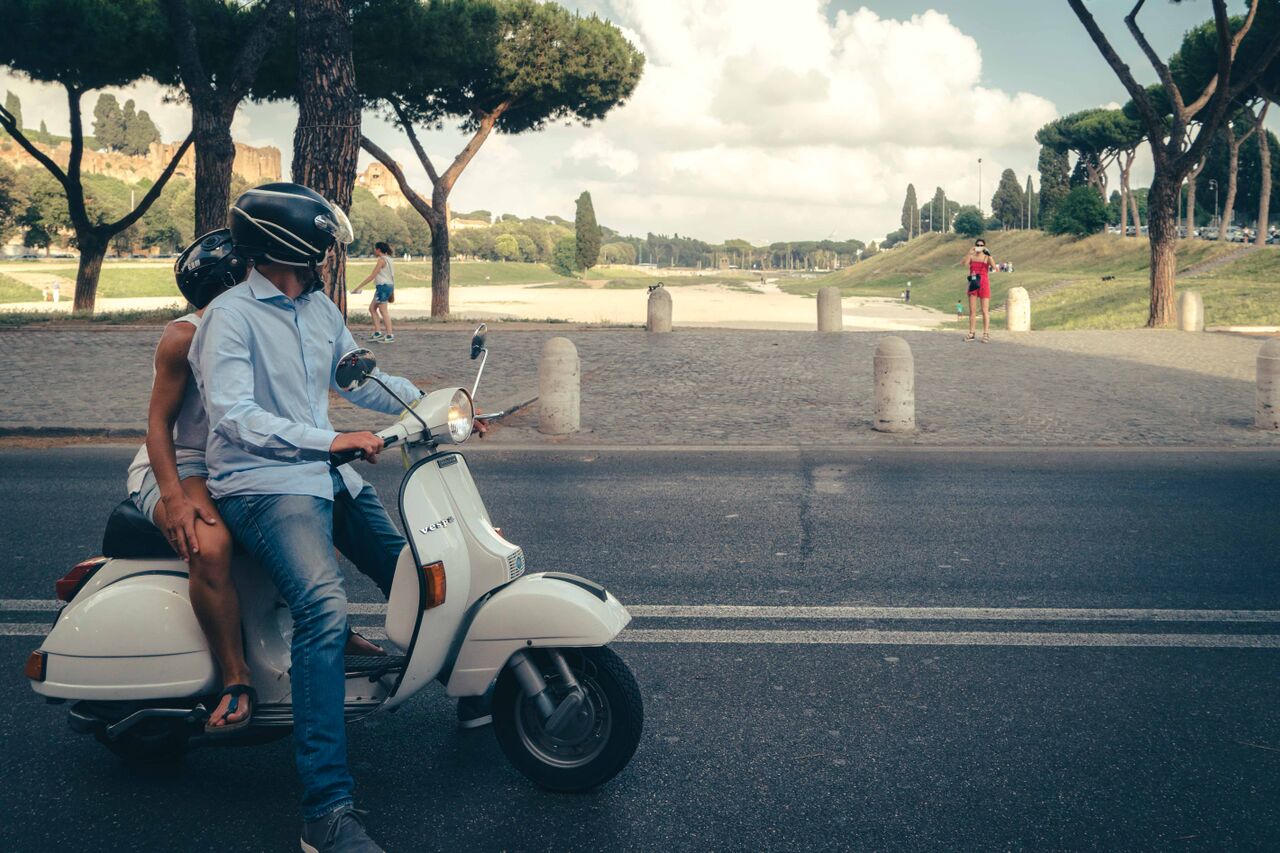
A couple are snapped during a Vespa tour in Rome (Photo: Scooteroma)
3. Centrale Montemartini Museum
Originally Rome’s first electricity plant, the Centrale Montemartini was decommissioned before reopening as a permanent museum in 2005. Less visited than many of its better known counterparts in Rome, it houses a vast assortment of ancient art from the Capitoline Museums, a group of art and archaeological museums at the top of Rome’s Capitoline Hill. Standout pieces include a 4th-century AD mosaic of a hunting scene and a towering statue of the goddess Fortuna. There is also evidence of Rome’s modern history here too, including industrial machinery and pipes, offering a rich juxtaposition of old and new. The venue also hosts kids’ activities and – for something completely different – the occasional jazz concert.
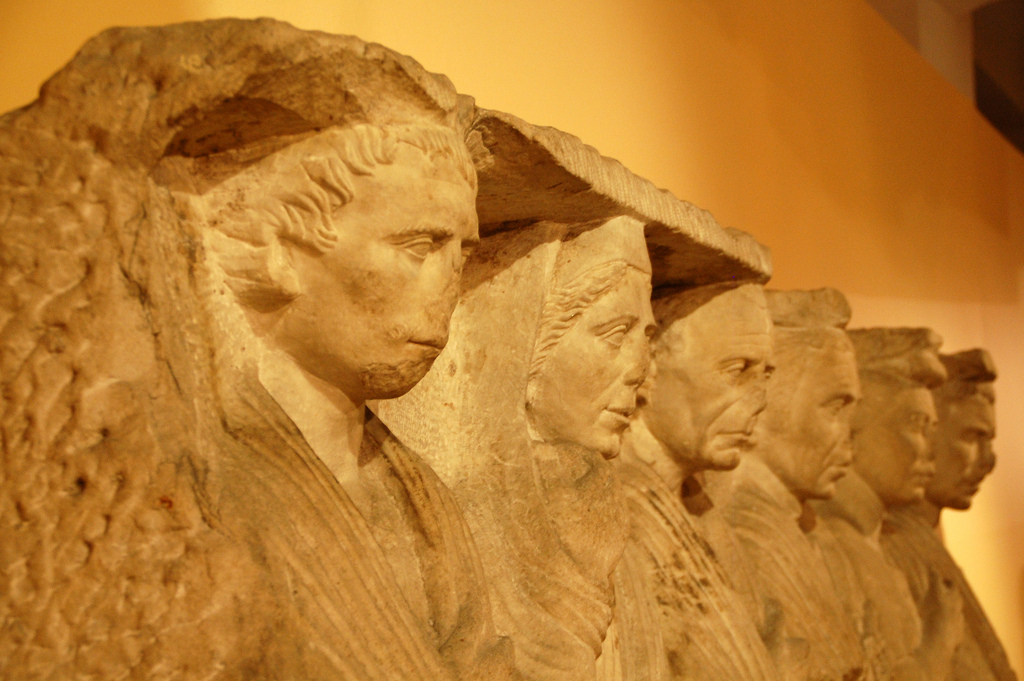
Ancient sculptures in Centrale Montemartini (Photo: Massimiliano Calamelli via Flickr)
4. Cripta dei Cappuccini
From the outside, this church and convent complex appear unremarkable. Yet venture inside and you’ll discover one of Rome’s most unusual sights: a Capuchin cemetery featuring several underground crypts where everything – from the picture frames to the light fixtures – is made of human bones. Between 1528 and 1870, the resident Capuchin monks used the bones of their departed brothers to create this macabre memento. Several multimedia displays chronicle the story of the Capuchin monks, including a work attributed to the legendary painter Caravaggio.
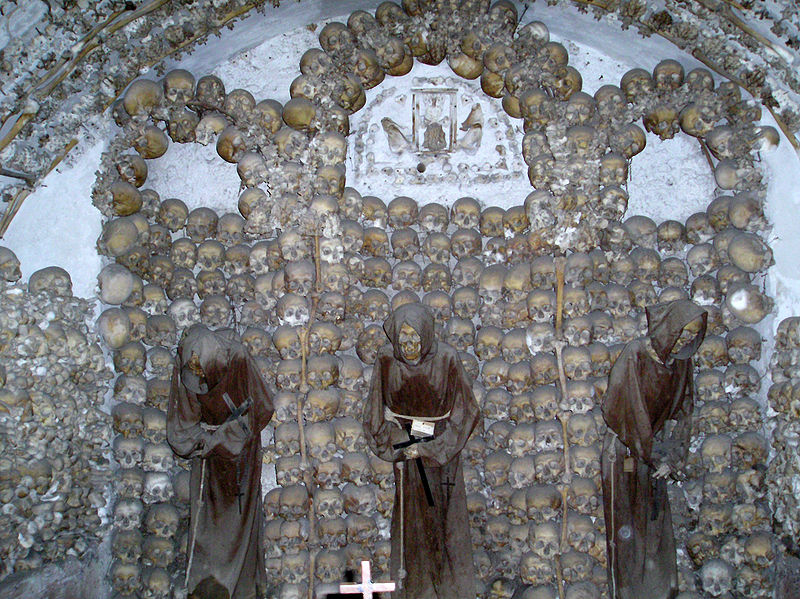
A typically macabre scene at Cripta dei Cappuccini (Photo: Wikipedia)
5. Pasta Museum
Try telling an Italian that pasta was in fact invented in China and you’ll quickly learn how fiercely they protect one of their national symbols. Situated in the centre of Rome, not far from the Trevi Fountain, the National Pasta Museum celebrates the evolution, production and execution of pasta down the years. Display boards are in Italian, but English audio-guides take visitors through the museum, which is spread across several rooms over two floors. Highlights include pasta-making machines from different eras and pasta-related artwork, both historic and modern.
6. Borromini’s Perspective Gallery
Located within the Palazzio Spada in Rome’s historic centre, Borromini’s Perspective is one of Rome’s most unusual hidden gems. A nine-metre long corridor, it is designed to create an incongruous perspective among visitors, deceiving the onlooker whose gaze stretches far further than its actual length. The effect is something akin to an escape scene from an action movie, giving the impression of rising floors and converging walls closing in on you. Once you’ve experienced this neat sensory trick, you can explore the more conventional Galleria Spada housed within the same building, which is home to a large collection of paintings, ancient sculptures, precious furnishings and furniture.
7. Monte Testaccio
This artificial mound made up of thousands of ancient pots has enabled archaeologists to uncover secrets of ancient Roman trade. It has now been determined that these pots, which were once carefully stacked inside one and other, were used in the international shipment of olive oil and wine to Rome many centuries ago. While many of the pots that sit on the 200,000 square metre terraced hill have now shattered, some still bear distinctive ancient export markings that hold secrets to life in Ancient Rome.
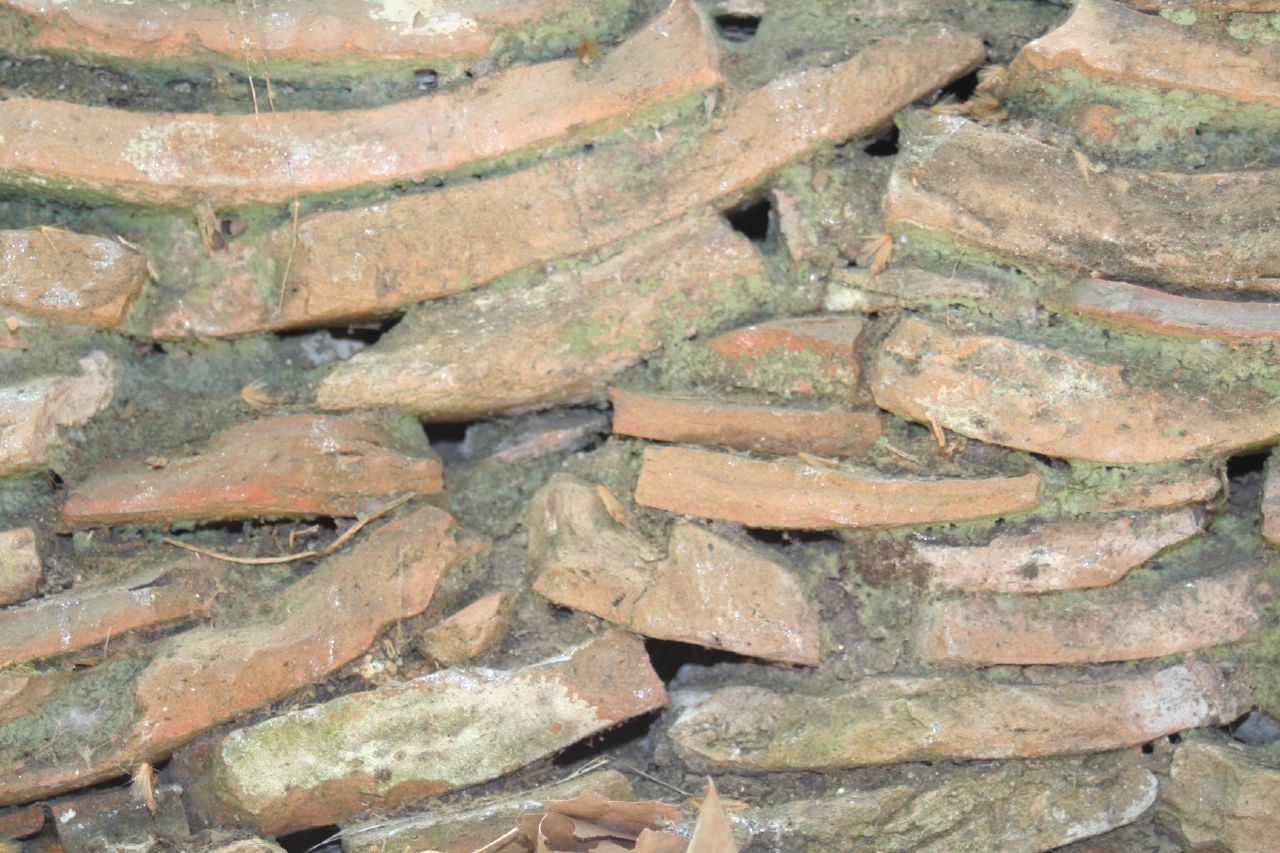
A close up of broken clay pots on Monte Testaccio (Photo: e0d via Flickr)
8. Gianicolo Belvedere
Famous as one of Rome’s most romantic spots – and it has plenty of competition in that regard – Gianicolo Belvedere is a hill that offers panoramic views of the city from a series of lookouts and walking trails. Located outside the walls of Ancient Rome, it allows visitors to observe Roman ruins, churches and monuments from above. As well as providing a great vantage point, there is also a popular puppet show on weekends.
9. Lacus Curtius
Many of Rome’s ancient ruins have been studied to the point that archaeologists can describe their exact original purpose. However, the story behind the Lacus Curtius still remains ambiguous. Located within the Roman Forum in Central Rome, the stone covered pit has been the source of a number of theories, one of which claims it was used as a booby trap for soldiers to plunge into with their horses during battles. While this and other conjecture remain unproven, it is an example of the mystery surrounding the site which has helped turn it into a major point of interest.
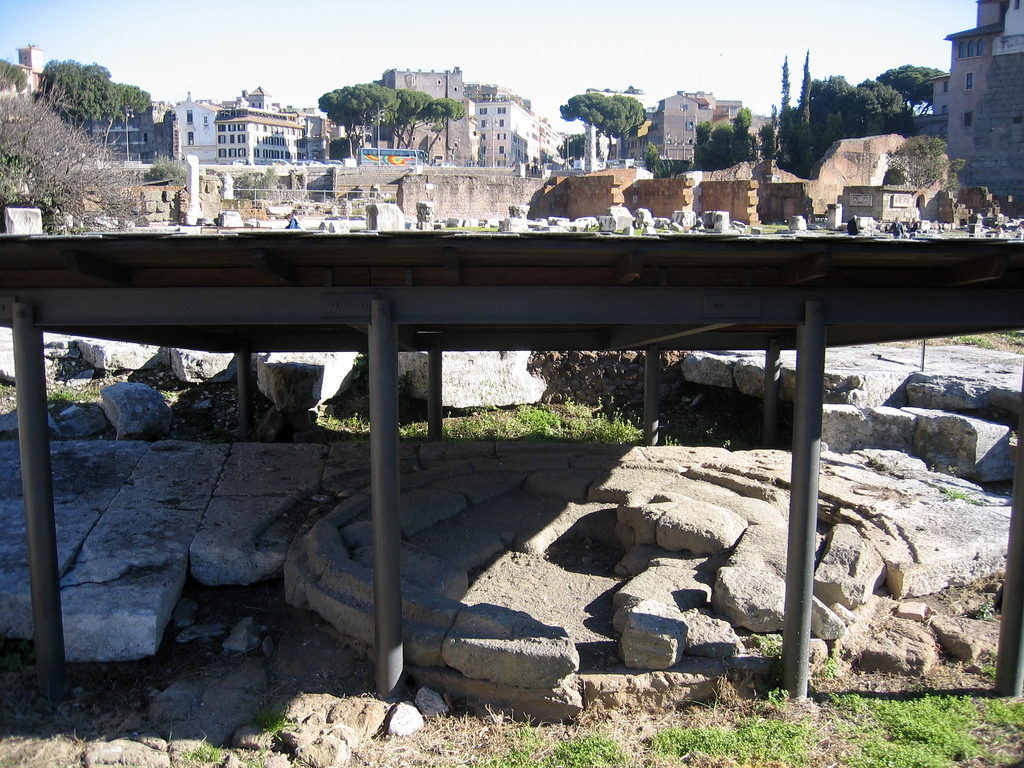
A view of the fabled Lacus Curtius site (Photo: Ed Cormany via Flickr)
10. Burcardo Theatre Museum
Situated on the foundations of one of Rome’s first permanent theatres, the Burcardo Theatre Museum displays a vast assortment of theatre-related artefacts spanning five centuries. Among its curiosities are original costumes, playbills and sculptures, as well as early evidence of slapstick and improvised comedy in its Commedia dell’arte collection.
11. Museo Criminologico
Located on the site of a former prison from the 19th-century, this crime museum offers a glimpse of Rome’s darker underbelly. Visitors can learn about the history of criminal activity in Rome, as well as some of its most infamous characters, through a series of displays that include weapons, torture devices and fake Picasso paintings. The museum frequently hosts temporary exhibitions.
12. Appia Antica Regional Park
The Appia Antica Regional Park is nestled on what was a busy trade road in ancient Rome. Spanning around 34,000 hectares, it contains numerous archaeological catacombs, churches and tombs and while it isn’t possible to cover the park in its entirety in one day, there are specially-designed walking trials and bikes to rent that ensure visitors can hit its key attractions. The park is also dotted with restaurants and refreshment outlets.